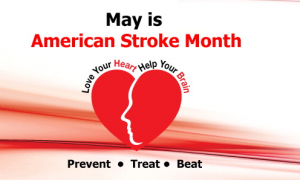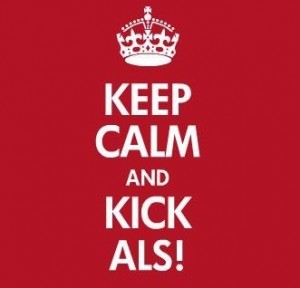
What is Lupus?
Lupus is a chronic, autoimmune disease that can damage any part of the body (skin, joints, and/or organs inside the body). Chronic means that the signs and symptoms tend to last longer than six weeks and often for many years.
In lupus, something goes wrong with your immune system, which is the part of the body that fights off viruses, bacteria, and germs (“foreign invaders,” like the flu). Normally our immune system produces proteins called antibodies that protect the body from these invaders. Autoimmune means your immune system cannot tell the difference between these foreign invaders and your body’s healthy tissues (“auto” means “self”) and creates autoantibodies that attack and destroy healthy tissue. These autoantibodies cause inflammation, pain, and damage in various parts of the body.
Lupus is also a disease of flares (the symptoms worsen and you feel ill) and remissions (the symptoms improve and you feel better).
These are some additional facts about lupus that you should know:
- Lupus is not contagious, not even through sexual contact. You cannot “catch” lupus from someone or “give” lupus to someone.
- Lupus is not like or related to cancer. Cancer is a condition of malignant, abnormal tissues that grow rapidly and spread into surrounding tissues. Lupus is an autoimmune disease, as described above.
- Lupus is not like or related to HIV (Human Immune Deficiency Virus) or AIDS (Acquired Immune Deficiency Syndrome). In HIV or AIDS the immune system is underactive; in lupus, the immune system is overactive.
- Lupus can range from mild to life-threatening and should always be treated by a doctor. With good medical care, most people with lupus can lead a full life.
- Our research estimates that at least 1.5 million Americans have lupus. The actual number may be higher; however, there have been no large-scale studies to show the actual number of people in the U.S. living with lupus.
- More than 16,000 new cases of lupus are reported annually across the country.
- It is believed that 5 million people throughout the world have a form of lupus.
- Lupus strikes mostly women of childbearing age (15-44). However, men, children, and teenagers develop lupus, too.
- Women of color are two to three times more likely to develop lupus than Caucasians.
- People of all races and ethnic groups can develop lupus.
What are the common symptoms of lupus?
Because lupus can affect so many different organs, a wide range of symptoms can occur. These symptoms may come and go, and different symptoms may appear at different times during the course of the disease.
The most common symptoms of lupus, which are the same for females and males, are:
- Extreme fatigue (tiredness)
- Headaches
- Painful or swollen joints
- Fever
- Anemia (low numbers of red blood cells or hemoglobin, or low total blood volume)
- Swelling (edema) in feet, legs, hands, and/or around eyes
- Pain in chest on deep breathing (pleurisy)
- Butterfly-shaped rash across cheeks and nose
- Sun- or light-sensitivity (photosensitivity)
- Hair loss
- Abnormal blood clotting
- Fingers turning white and/or blue when cold (Raynaud’s phenomenon)
- Mouth or nose ulcers
Many of these symptoms occur in other illnesses. In fact, lupus is sometimes called “the great imitator” because its symptoms are often like the symptoms of rheumatoid arthritis, blood disorders, fibromyalgia, diabetes, thyroid problems, Lyme disease, and a number of heart, lung, muscle, and bone diseases.


